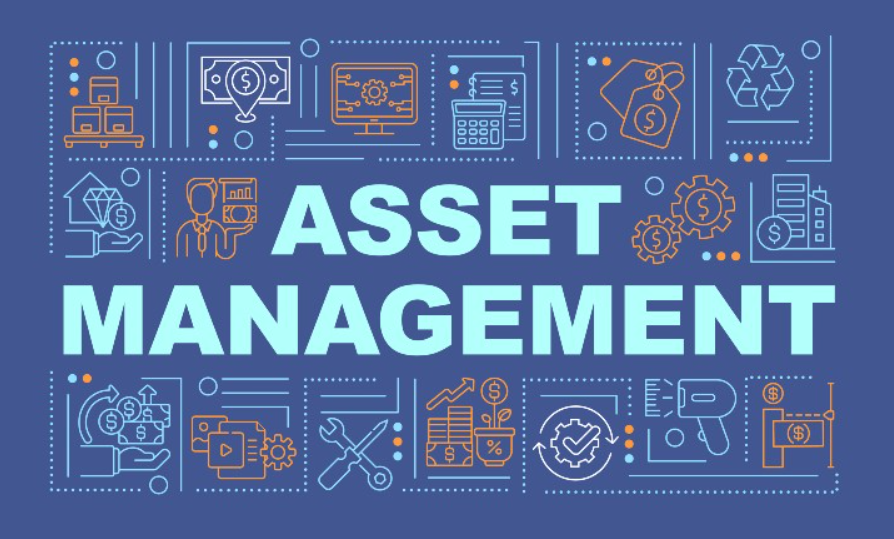1. Implement Asset Tracking Systems
Objective: Ensure accurate tracking and management of all construction assets.
Use RFID and GPS: Employ RFID tags and GPS tracking for real-time location monitoring of equipment and tools.
Mobile Applications: Utilize mobile apps for on-site asset management, allowing workers to check in and out assets digitally.
Asset Registers: Maintain detailed asset registers that include information on purchase date, cost, maintenance history, and current status.
Benefits:
Reduces asset loss and theft.
Improves utilization rates.
Enhances accountability.
2. Schedule Regular Maintenance
Objective: Prevent equipment breakdowns and extend asset lifespan through proactive maintenance.
Create Maintenance Schedules: Develop and adhere to maintenance schedules based on manufacturer recommendations and usage patterns.
Use Maintenance Software: Leverage maintenance management software to automate reminders and record maintenance activities.
Conduct Inspections: Perform regular inspections to identify potential issues before they become major problems.
Benefits:
Minimizes downtime due to unexpected failures.
Prolongs the life of equipment.
Ensures safety and compliance.
3. Optimize Asset Utilization
Objective: Maximize the efficiency and usage of available assets.
Analyze Utilization Data: Collect and analyze data on asset usage to identify underutilized equipment.
Share Assets: Promote sharing of assets across different projects to increase utilization rates.
Plan Ahead: Coordinate asset usage schedules to ensure availability when needed for specific projects.
Benefits:
Reduces the need for rental or purchase of additional equipment.
Improves return on investment (ROI) for existing assets.
Enhances project scheduling and resource allocation.
4. Implement Inventory Management Practices
Objective: Maintain an optimal inventory of tools and materials to avoid shortages and excesses.
Set Par Levels: Establish minimum and maximum inventory levels to ensure you have the right amount of stock on hand.
Use Inventory Software: Implement inventory management software to track and manage stock levels in real time.
Conduct Regular Audits: Perform regular inventory audits to reconcile physical counts with inventory records.
Benefits:
Reduces project delays due to stock shortages.
Lowers carrying costs by preventing overstocking.
Enhances project budgeting and forecasting accuracy.
5. Train Staff on Asset Management Best Practices
Objective: Ensure that all employees are knowledgeable about effective asset management practices.
Provide Training Programs: Conduct regular training sessions on asset handling, usage, and maintenance procedures.
Create Asset Management Policies: Develop and distribute comprehensive asset management policies and procedures.
Encourage Accountability: Foster a culture of accountability where employees are responsible for the proper use and management of assets.
Benefits:
Reduces misuse and mishandling of equipment.
Increases compliance with asset management protocols.
Enhances overall operational efficiency.
Conclusion
For small construction firms, effective asset management is key to maximizing efficiency, reducing costs, and ensuring project success. By implementing asset tracking systems, scheduling regular maintenance, optimizing asset utilization, managing inventory effectively, and training staff, small firms can significantly improve their asset management practices and achieve better project outcomes.

5 Construction Asset Management Strategies for Small Firms
- Home
- 2024-05-20 19:49:31
- 5 Construction Asset Management Strategies for Small Firms
You can share this story by using your social accounts: